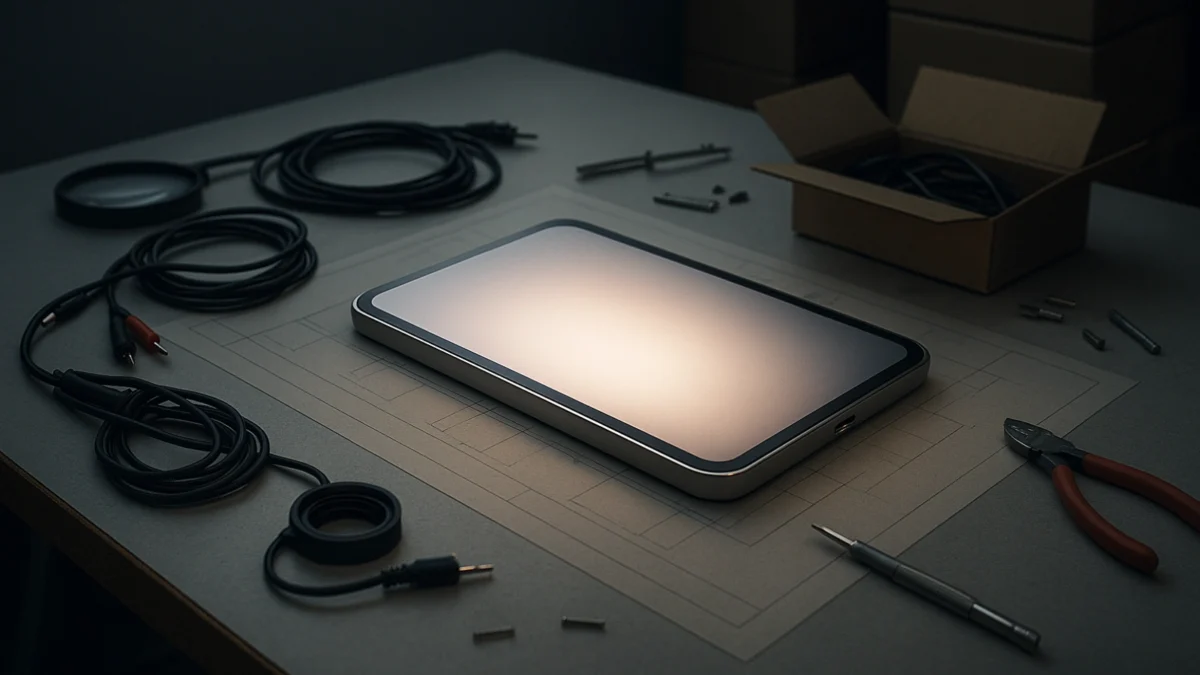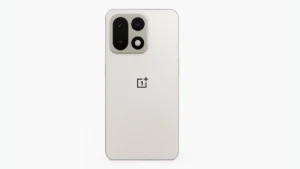When you hear that OpenAI is working with Jony Ive, the design legend behind the iPhone, it sounds like the start of a new tech era. A software-first AI company teaming up with Apple’s former chief designer — what could go wrong?
Plenty, actually. Because while OpenAI knows how to build world-changing models, building world-class hardware is a completely different game.
The Beautiful Hardware Trap
Jony Ive’s name is synonymous with elegance — the kind of precision and polish that made Apple products feel almost alive. OpenAI, on the other hand, moves fast, ships fast, and lives in the cloud.
But hardware doesn’t update overnight. You can’t patch a production line or iterate a hinge with a new commit. Making things at scale means dealing with factories, suppliers, yield rates, and shipping delays — the gritty side of innovation that most software companies never see.
Apple’s Secret Power: Operations
Apple’s real advantage has never just been design — it’s logistics. Tim Cook turned Apple into a manufacturing powerhouse, mastering the global supply chain long before “operations” became cool.
Every iPhone launch is a miracle of coordination: hundreds of suppliers, millions of units, zero room for error. That invisible efficiency is what keeps Apple untouchable.
And it’s exactly what trips up most hardware dreamers. Magic Leap, Humane’s AI Pin, and Essential all had beautiful concepts — and all fell victim to manufacturing complexity, cost, or timing.
In hardware, creativity grabs headlines. Operations decide who survives.
OpenAI’s Strengths — and Weak Spots
OpenAI brings massive advantages: cutting-edge AI models, a loyal user base, and the kind of cultural buzz money can’t buy. And now, with Ive’s studio LoveFrom, it has access to world-class design.
What it doesn’t have? A supply chain.
No manufacturing partners, no production lines, and no history of shipping millions of physical products. LoveFrom can sculpt a beautiful prototype — but turning that into millions of units is another universe entirely.
Who Might Build It?
To make its hardware real, OpenAI will likely need an experienced partner — think Foxconn, Luxshare, BYD, or Pegatron. These are the same companies behind Apple’s polished precision, and they know how to scale from sketch to store shelf.
But geopolitics could complicate things. U.S.–China tensions, chip export restrictions, and rising costs might push OpenAI to explore U.S.-based assembly or hybrid approaches. Hardware isn’t just engineering — it’s diplomacy.
The Silicon Question
Then comes the chip problem. AI hardware needs power-efficient, custom silicon — the kind Apple spent a decade perfecting with its A- and M-series chips.
Will OpenAI rely on Qualcomm, NVIDIA, or try building its own? That decision alone could shape everything from cost to battery life to performance.
From Models to Machines
OpenAI’s collaboration with Jony Ive is one of the most fascinating tech experiments in years — the meeting of intelligence and artistry.
But the real test won’t be how it looks or how smart it feels. It’ll be whether they can build it, ship it, and support it at scale.
Because in the end, the hardest problems in AI might not be in the cloud — they’re in the screws and solder.
Last Updated on October 18, 2025 by Lucy




